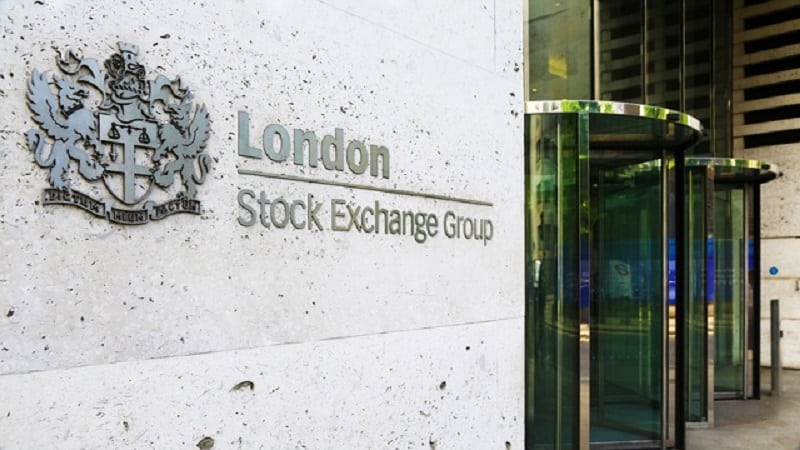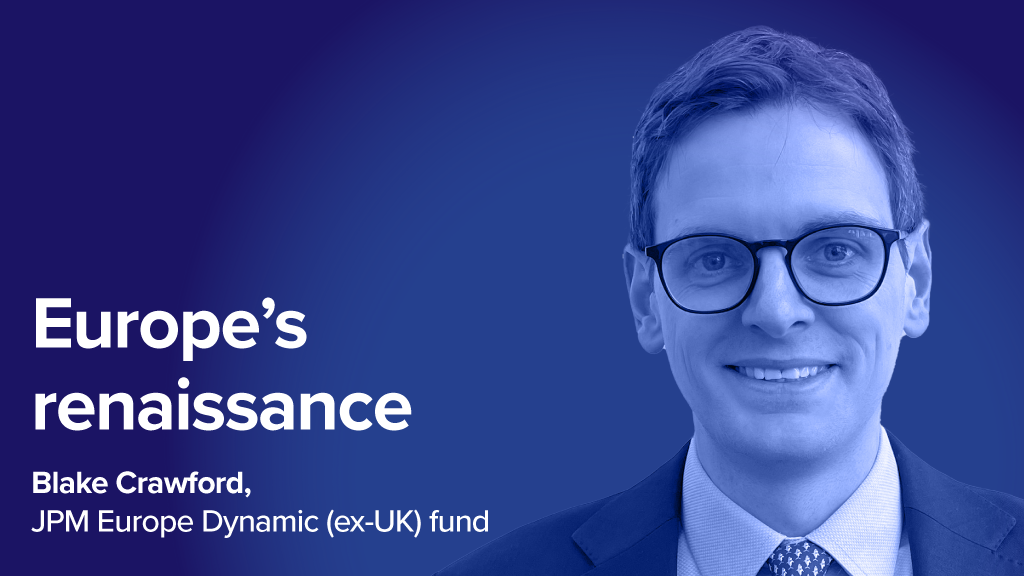By Aileen Gan, CIO of global equities at Mondrian
After more than a decade of significantly lagging the US, European equities may finally be turning a corner.
In the wake of the US election, markets rallied around Trump’s pro-growth agenda, widening the gap with Europe, where the protectionist rhetoric and tariff threats heightened concerns for Europe’s export-driven economy.
But as tariff concerns crystallize and weigh on the US itself, the initial optimism is fading, giving way to concerns about the sustainability of US market leadership.
Meanwhile, European markets have quietly staged a mini renaissance. This year, MSCI Europe has nearly reversed three years of underperformance versus MSCI USA in the first quarter alone, signalling more than just a short-term rebound.
This marks the beginning of a broader reassessment of Europe’s investment case. Valuations remain compelling, policy appears to be more flexible, and investor sentiment is still muted leaving ample room for positive surprises.
With the US exceptionalism narrative under pressure and American equities trading at a historic premium to Europe, the case for European equities looks compelling in a reawakening market offering both resilience and upside.
From stagnation to stimulus
For years, investors have been rightfully skeptical about Europe’s structural challenges – tepid growth, fragmented politics, and an underwhelming innovation track record.
However, there is a growing willingness among European policymakers to confront these issues head-on and the region’s recent headwinds are easing.
The possibility of a ceasefire in Ukraine has risen, which could bring relief to energy prices and support real wages and confidence. At the same time, a more flexible fiscal stance is taking shape in key markets such as Germany, where proposed reforms to the debt brake would unlock significant new infrastructure spending.
Combined with looser EU fiscal rules, this marks a notable turning point in the region’s appetite for stimulus and investors have taken notice.
Low expectations, high potential
These policy shifts may inject some much-needed dynamism into Europe, but we remain realistic that the region is still a lower-growth economy, and that’s unlikely to change meaningfully. However, this is less of a headwind to investors than it may seem.
What matters more are expectations, and in Europe, these have been compressed by years of economic underperformance and investor apathy. As a result, European valuation multiples continue to trade at a historically wide discount to the US (13.7x vs 20.5x PE FY1 respectively) offering a compelling entry point for long-term investors.
Share prices tend to converge with intrinsic value over time, particularly when starting from low expectations and discounted valuations. Recent returns highlight this dynamic with Germany’s equity market outperforming both the US and the Nasdaq over the past three years, despite a stagnant economy.
Beyond valuations, Europe’s appeal lies in its market composition. Unlike the US, which is heavily concentrated in the Magnificent Seven that accounts for over 30% of the MSCI USA, Europe offers greater diversification across sectors and in sixteen different country markets.
This structural difference could help insulate European equities if sentiment towards US tech cools as we have observed in recent months.
Moreover, many European firms are global in nature, generating nearly 60% of their revenues outside the European economy.
Europe is an increasingly attractive market. While the valuation gap between US and non-US equities is starting to gain attention, it remains wide, and Europe, increasingly stands out.
With policy momentum building and macro risks easing, the conditions are in place for improving earnings, renewed capital investment, and a potential rerating from today’s discounted levels.
We remain underweight the US and have favoured international markets such as Europe, where long-term value potential is compelling.
As the market begins to shift its focus back to fundamentals, previously underappreciated regions such as Europe offer fertile ground for selective, long-term investors.









